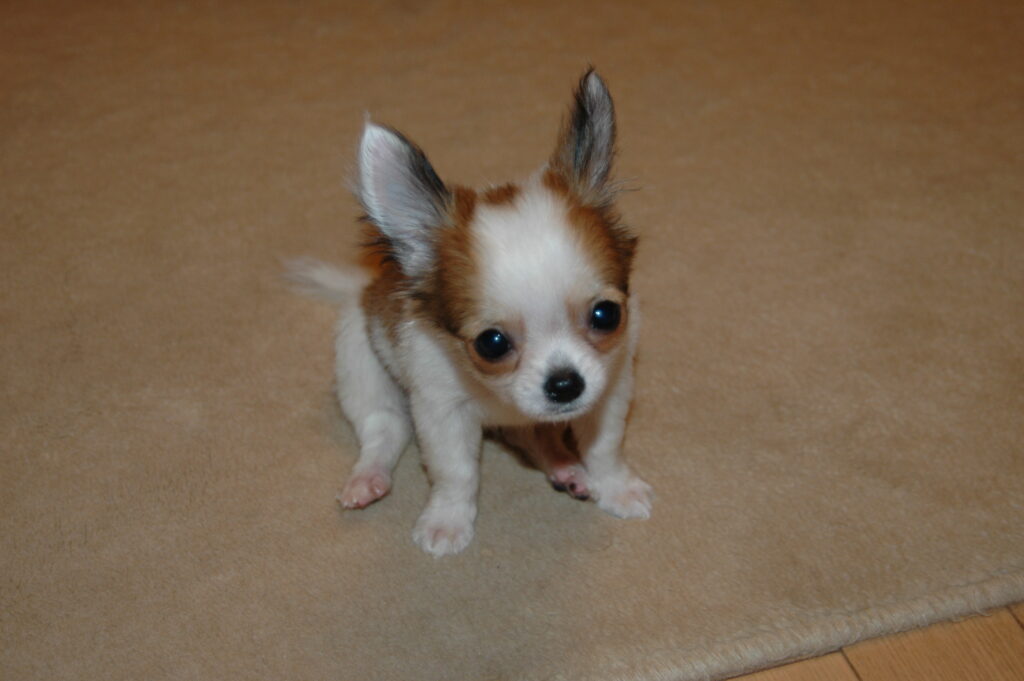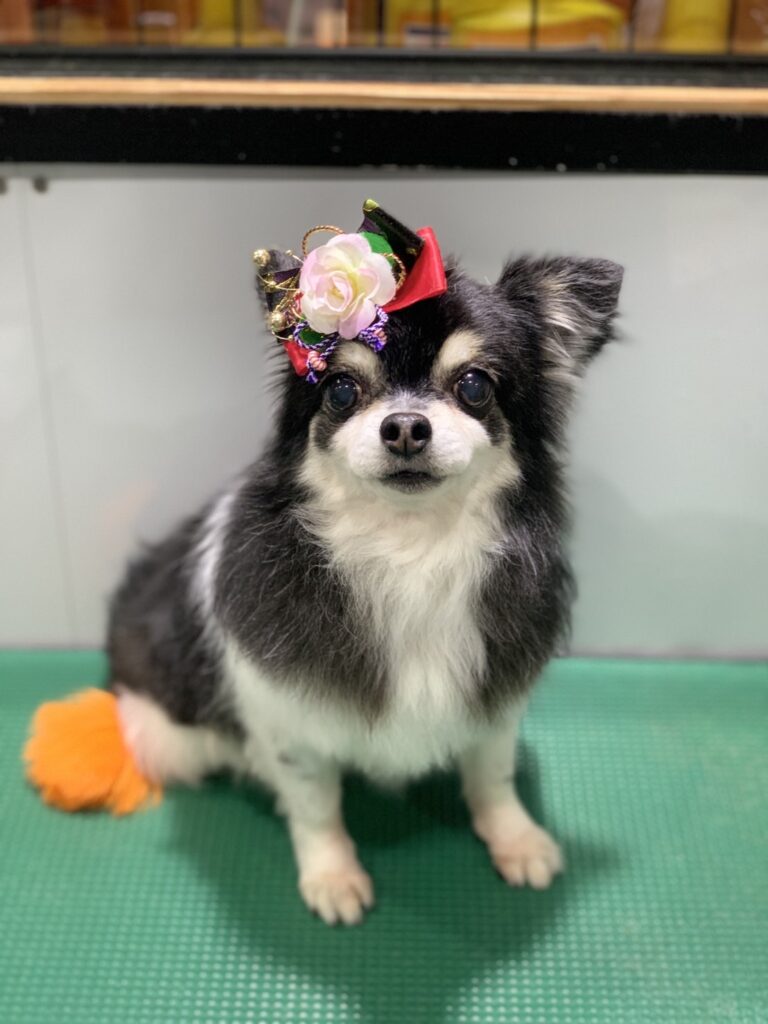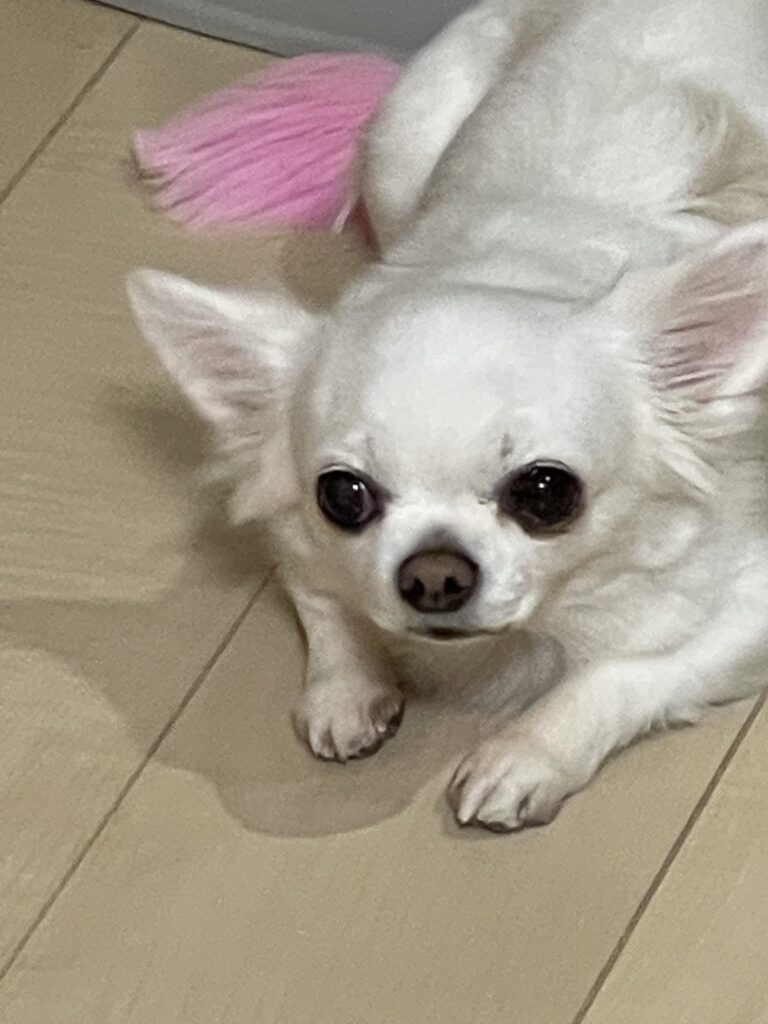DOGS & CATS

This page contains articles about dogs and cats.
We would like to follow individuals and organizations involved in cat rescue and dog rescue activities.
We hope to be a pipeline for foreigners living in Japan who wish to become foster parents.
What we want to let foreigners know is that becoming a foster parent in Japan means becoming a permanent owner, not just a temporary parent. If you welcome a dog or cat into your family without understanding this, you will add to the number of new rescued dogs and cats when you return to your home country.
There are cases where elderly individuals who had a dog or cat as family for many years cannot welcome a new dog or cat into their family. This may be due to hesitation based on their age, or because they are turned down by rescue organizations.
We hope to build a system capable of solutions to these issues, but the issues themselves are simple yet extremely challenging.
These solutions require identifying potential issues that may arise after welcoming a new family member, deriving the best solution for each issue individually, and then creating simpler solutions that cover many cases.
(This is because relying solely on solutions for each individual issue may not handle cases that span multiple issues. )
To go to the page of ”Rescue cats” and ”Rescue dogs”, Please click on the ”With Cats” or ”With Dogs” button.
Furthermore, this page will contain lighthearted articles about various animals not just dogs and cats that will be updated as a blog.
Thank you.
This is the story of the first puppy that became my child.
I decided to create a “Dogs and Cats” pages on this site because of the dogs that have become my child. As you may understand if you have a dog, they can communicate without words. No, I mean, they can understand the language.
Also, although they do not have a smile on their face, they can emotion include joy, anger, sadness, and amusement with their whole body.
My friend had been involved with an organization that has keywords ” “no-euthanasia” and “additive-free food” since its founded. She is also one of the administrators of this site.

My first puppy was a Chihuahua.
I met her at a small neighborhood pet store I dropped by. There were several puppies for sale there (I don’t remember if they had cats or not)
I’ve never been here before, but this puppy seemed to have an interest in me. Whenever I went there, this puppy would come up to me through the case with wagging his tail so much.
Naturally, I decided that this puppy should be my family member.
I later understood that this puppy came up to everyone. No wonder.
She joined my family when she was about two months old, still covered with peach fuzz hair. Her characteristic was a short muzzle that did not change as an adult dog.
She was very quiet and did not bark at strangers. Rather, she was very fearful.
Even if she was with a cockatiel, she did not put out her hand to play or bite it. Therefore, the cockatiel was always on her back.
She liked to be in the Kotatsu (that is “small table with an electric heater underneath and covered by a quilt”), under the table, and under the cushions.
I think that she felt safe when there was a covering like a roof, because she was very fearful.


Thus, she seemed to get really settled when she was under the little cushions.
Although we did not live together for a long time, she gave me a lot of healing. I guess every pets is an angel in their own home.
Finally, I would like to see some improvement in the problem in Japan that “euthanasia problem” and “treating them as property damage instead of life.”
Thanks
2022/07/15
Build a society with zero euthanasia of cats.
What is Sakura Cats TNR ?
The goal of the activity is to achieve zero euthanasia of cats.”
This is an activity that the Animal Action Fund is promoting with the cooperation of local governments, organizations, individuals, and veterinarians, in order to eliminate euthanasia of cats.
Organizations(Volunteer groups and individuals) and veterinarians are the main players in this activity, and the goal cannot be achieved without their cooperation.
* “Sakura” is cherry blossom in English and “Neko” is cat in English. This “Sakura Neko” means a cat with ears like cherry blossom petals.
The Animal Action fund believes that spaying and neutering as many cats as possible is the most effective way to eliminate euthanasia of cats.
Reference: The Animal Action fund – SASKURA NEKO (2022/11/08) [Translate by this site]
Therefore, we are cooperating with local governments, organizations, individuals, and veterinarians nationwide to perform free spaying and neutering for this activity.
The free spaying and neutering activity is an activity to support local governments, organizations and individuals who are trying to solve the problem of ownerless cats by spaying and neutering(TNR) instead of euthanasia of cats.
https://sakuraneko-tnr.doubutukikin.or.jp
TRN stands for Trap, Neuter, and Return, each of which is described below.
Trap: To capture
- The cat is caught with care to avoid injury.
- We attach a notice with contact information, purpose, etc
- We do not leave the area while setting the cat trap.
- Once the cat enters the cat trap, the entire cat trap is promptly covered in cloth to relax the cat.
Neuter: spaying and neutering
- The spayed cats/the neutered cats will decrease the frequency of urine marking, loud meowing during heat and cat fights.
- It is desirable that spaying or neutering should be done before the first heat.
This is because early surgery reduces the risk of disease. - Make a v-shaped cut at the tip of the cat’s ears as a sign that the cats has been got spaying and neutering.
(Make easily identifiable v-shaped cut at the tip of the cat’s ears once cats has been got spaying and neutering. This is because we should avoid to capture and to make on incision in the abdomen repeatedly.) - Cats are given a general anesthetic for getting spaying and neutering. And there is little risk of bleeding.
- They are called “Sakura Cats” because their V-shaped cut ears look like cherry blossom petals.
- Kittens that are not yet ready for getting spaying and neutering may be protected for looking for foster homes.
Return: Return the cat to their original territory.
- Volunteers will follow after spaying and neutering for half a day to one day.
- Cats have territories. Returning the cat to their original territory will prevent other new cats from coming in.
- Forcibly sheltering stray cats can be stressful and cause illness. We will return cats that have the strength to make a living as mature cats to their original territory.
- Watching and properly feeding the cats whole the community will help to “keep tracking of increases and decreases in the number of cats” and “the long-term maintenance of breeding restrictions in the long term.”
(For feeding, we wait for the cat to finish eating and then clean up.) - If there are any not-TRNed cats and any new cats, TNR will be conducted as soon as possible.
(In Japanese) ANIMAL ACTION FUND / The steering body for Sakura Cat free spaying and neutering
https://sakuraneko-tnr.doubutukikin.or.jp
(In Japanese) ANIMAL ACTION FUND}
https://www.doubutukikin.or.jp/activity/campaign/story/
Thanks
2022/11/14
Care of Pets in Emergencies
In 2024, shocking news has been coming since New Year’s Day.
On New Year’s Day, the 2024 Noto Peninsula earthquake occurred, and on 2nd Jan, a collision occurred between a JAL flight and a Japan Coast Guard aircraft at Haneda Airport.

Pets are also allowed on board aircraft. However, pets are basically to be kept in a dedicated area.
In the recent accident at Haneda Airport, two pets were on board JAL aircraft.
Of course, they were unable to rescue the two pets. However, considering the circumstances of the fire, it would have been very difficult to rescue the pets.
Airline companies deal with aircraft that fly at very high altitudes (extreme cold), so they are very careful about the environment in which pets are kept.
Even so, we occasionally hear of pets that have died.
As a pet parent, I do not want to use airplanes to travel with my pets.
According to an article in Sankei Shimbun, some people said, ‘Please allow us to carry them in the passenger cabin with us, not in the cargo space.
(They say cargo space, but they mean an air-conditioned cargo space.)
So I checked to see if any airline companies in Japan allow pets to be kept in the passenger cabin, and found one company that does.
Of course, there is a cost because they occupy a seat (which seems to be more expensive than humans).
However, the following statement was included in the agreement for bringing pets.
In case of emergency, pets must be left on board when evacuating.
It may be unavoidable because airline companies instruct passengers to evacuate without their luggage in case of an emergency.
However, we do not pay a fee for the luggage we bring into the passenger cabin.
Also, even though you have significant living pets with you, can you abandon it in an emergency?
Even the same service is got, each person perceives it differently.
Many people may prefer this service because the probability of an emergency event occurring in an aircraft is very small.
Many people prefer this service because the probability of an emergency occurring in an aircraft is very small.
For me,,, sorry to say, but I feel that this service is halfway service than differentiation.
I am not denying this service. Given the global situation, I think it would be very difficult for a single airline company to change emergency rules.
The problem I see is how pets are treated during disasters.
I think the first thing we need to consider is that there are no evacuation centers where people can evacuate with their pets when a disaster occurs.
I think the main reason for this is that in times of disaster, it is difficult to take care of people, and therefore there is not enough time to take care of pets.
Barriers to this discussion would be the current variety of pet types, people who are not comfortable with animals, people who are allergic to animals, etc.
For this reason, I think that the discussion about `pet-friendly evacuation centers’ could be a never-ending discussion.
Rather, I would like each local government to discuss issues such as designating places to set up tents to spend time with pets, and rules for distributing emergency supplies to people who are waiting at home (including in the garden).

It is estimated that about 10% of all households have pets, and pets can no longer be ignored.
National and local government representatives, please put this on your agenda.
Reference: AIR LIVE(2024/01/04)
https://airlive.net/emergency/2024/01/04/japan-airlines-has-apologized-after-announcing-that-they-were-unable-to-rescue-two-pets-during-the-tokyo-haneda-accident/
Reference: Japan Pet Food Association (2022 – Results of a nationwide survey on dog and cat breeding)
https://petfood.or.jp/topics/img/221226.pdf
Thanks
2024/01/05